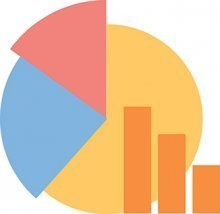By the Numbers: 1 August 2022
15.1%
The percentage of veterans who "reported suicidal ideation" in their first year after separation from the military, according to an article published online ahead of print in the American Journal of Preventive Medicine -- The First Year After Military Service: Predictors of U.S. Veterans’ Suicidal Ideation.
Endorsing depression symptoms and, to a lesser extent, identifying oneself as experiencing depression, were most predictive of suicidal ideation. Other psychopathology predictors included higher anxiety and posttraumatic stress disorder symptoms. Psychosocial well-being predictors included higher health satisfaction and functioning, community satisfaction and functioning, and psychological resilience. Logistic models performed similarly to random forest models, suggesting that relationships between predictors and suicidal ideation were better represented as main effects than interactions.
15.1%
The percentage of veterans who "reported suicidal ideation" in their first year after separation from the military, according to an article published online ahead of print in the American Journal of Preventive Medicine -- The First Year After Military Service: Predictors of U.S. Veterans’ Suicidal Ideation.
Endorsing depression symptoms and, to a lesser extent, identifying oneself as experiencing depression, were most predictive of suicidal ideation. Other psychopathology predictors included higher anxiety and posttraumatic stress disorder symptoms. Psychosocial well-being predictors included higher health satisfaction and functioning, community satisfaction and functioning, and psychological resilience. Logistic models performed similarly to random forest models, suggesting that relationships between predictors and suicidal ideation were better represented as main effects than interactions.

